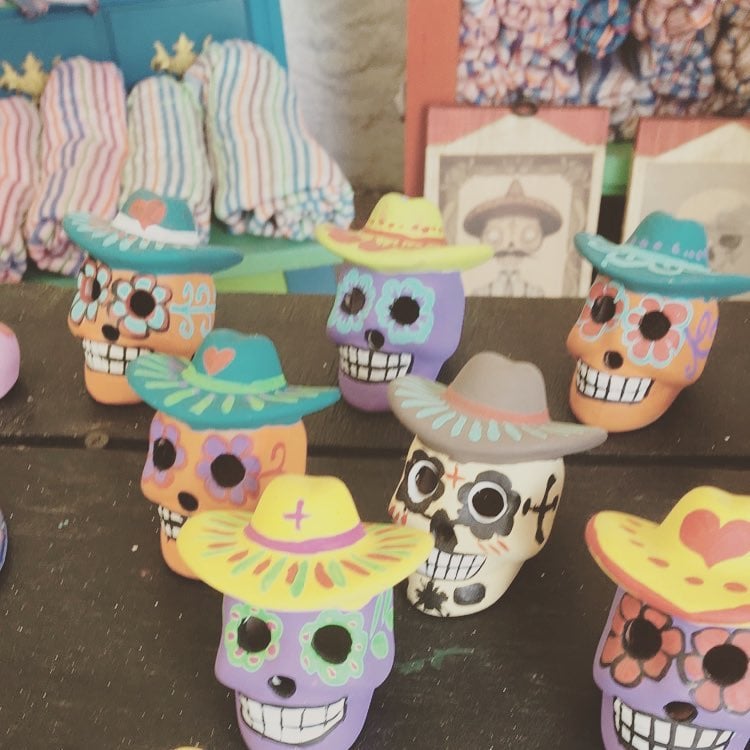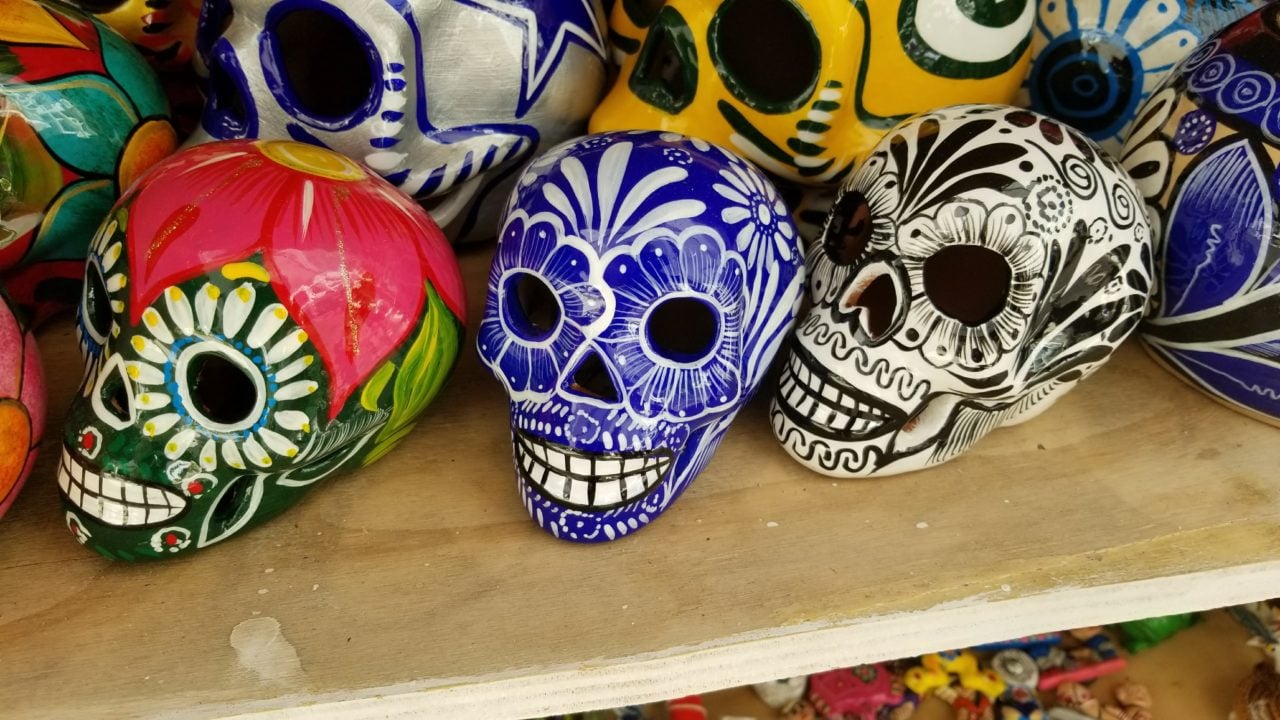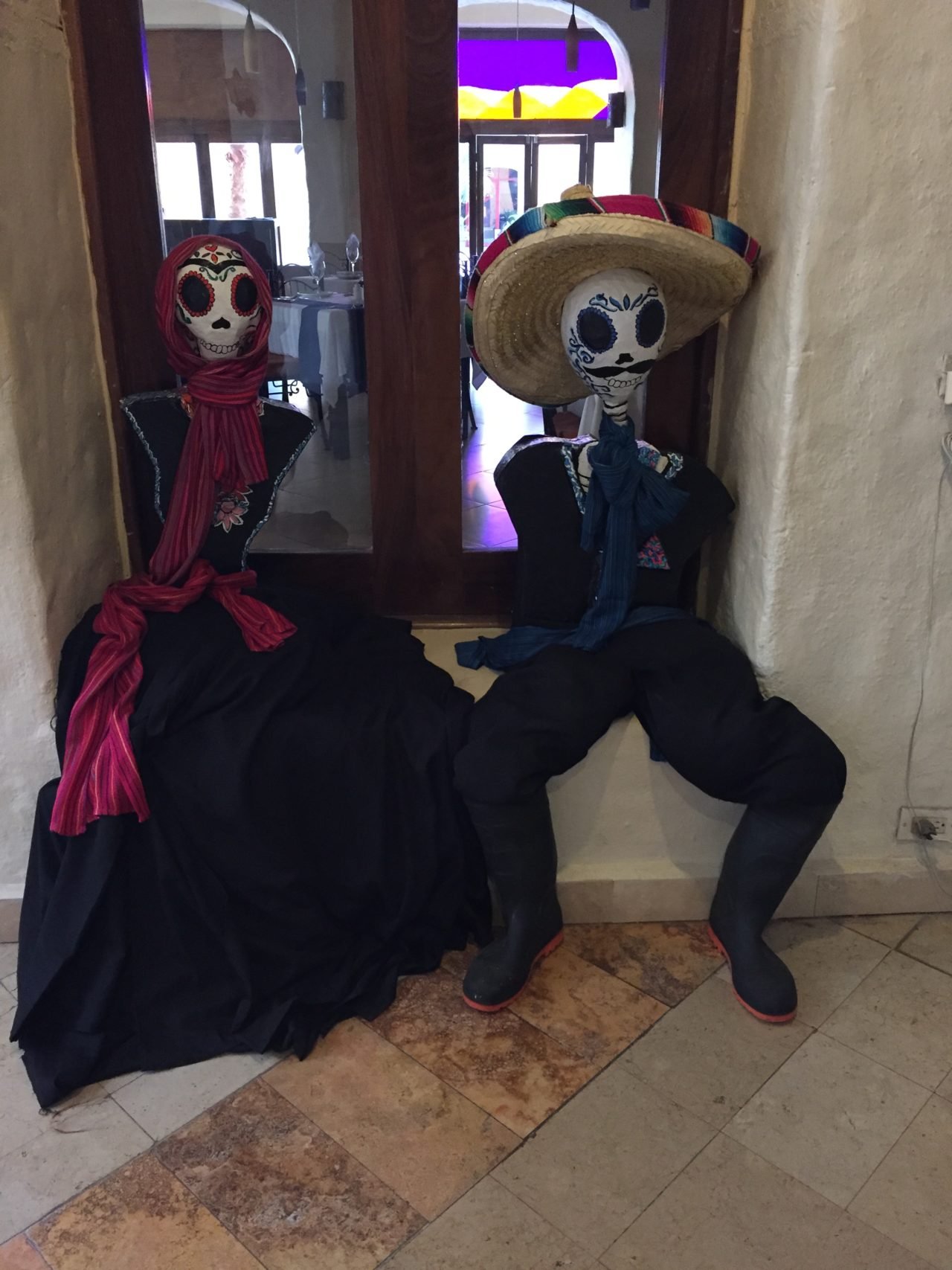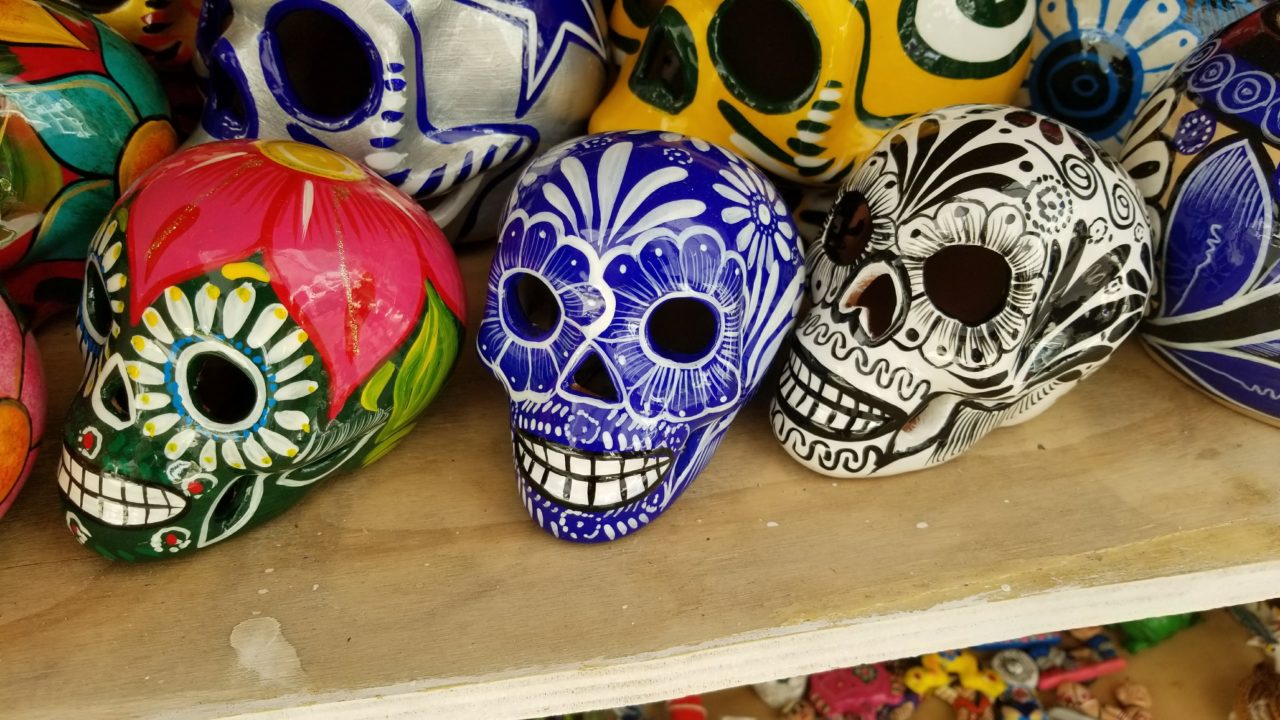Day of the Dead is not the same as Halloween. In fact, this festive occasion pre-dates Halloween and can be traced to pre-Hispanic times. El Día de los Muertos is a celebration filled with food, music, dancing and more - meant to celebrate and honor those who are deceased. So, before you start shimmying into your scary, sparkling costumes, here are 13 things to know about Day of the Dead, a three-day celebration between October 31-November 2 that you just can't miss.
Death is a Celebration
In the Hispanic culture, death is a natural part of the human experience and part of the continuum of life. This is a celebration of their lives. So kick up your heels and party on!
Never Far from Home
In Pre-Hispanic times, the dead were buried close to family homes, often a tomb underneath the central patio of the house. This way, relatives could stay near their deceased loved ones at all times.
Honoring the Dead
"Ofrendas" (or offerings) are made in each home to honor the dead. Often an altar-style display, they vary in size and are decorated with candles, flowers, food, fruit, (plates of turkey mole, tortillas - yum!), water, soda, sugar skulls, skeletons and shots of Mezcal to rejuvenate the weary souls after being awakened from their eternal sleep and traveling from their other-worldly plane of existence.
Toys for the Little Angels
Children's toys are also left at the altar for the angelitos and include sugar skulls, long-legged sheep and deer, comadre sugar figurines (mini women) and molded sugar coffins.
Flowers for Guidance
Marigolds are the flowers that are placed on the ofrendas because they guide the spirits to the altars using their vibrant colors and scent.
A Family Reunion
It is believed that at midnight on October 31, the gates of heaven are opened and the spirits of all deceased children are allowed to reunite with their families for 24 hours.
The Party Continues
On November 2, the spirits of the adults come down to party with their families and friends. This is a time to celebrate and enjoy one another's company!
The Day After
On the afternoon of November 2, the party moves to the cemetery, where people clean tombs, play cards, listen to the village band and reminisce about their loved ones.
Pan de Muerto
Day of the Dead has its own sweet bread, Pan de Muerto. Its shaped like people - heads and all - and is dunked in hot chocolate drinks! This delicious bread is usually eaten at loved ones' graves or at an ofrenda.
Shopping for the Celebration
There are special markets for Day of the Dead, where people can buy food for the altars like chocolate, tamales and black mole sauce.
Traditions in Oaxaca
Oaxaca is a popular destination for Day of the Dead - each year there is a sand tapestry set up in the Palacio de Gobierno (now the Museo del Palacio). There is also a contest for the best altar, as they're set up around the main floor of the building.
Costumes Tell a Tale
One of the most popular costumes you’ll see during the Day of the Dead celebration is for Catrina, a ghoulish lady in a hat created in the early 20th century that was meant to be a social comment on Mexican society’s emulation of European sophistication.
Two Traditions, Different Meanings
Both Day of the Dead and All Souls Day are based on the idea that spirits return to Earth during this time of year. While Day of the Dead is a celebration of life, All Souls Day is a time for Catholics to pray for the deceased in hopes that their souls will be cleansed and ultimately delivered from purgatory into Heaven.
Want to experience Day of the Dead for yourself? Start planning your next getaway to Mexico and get ready for an authentic celebration of life!








